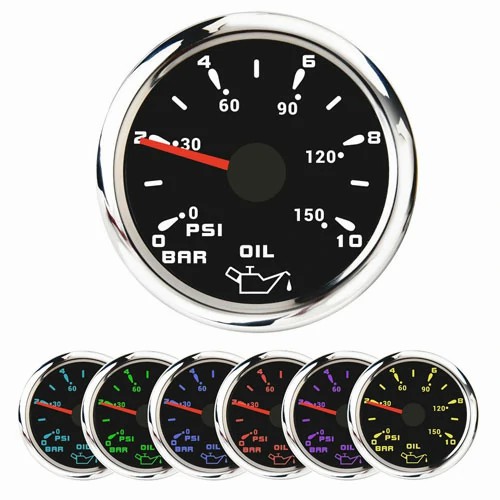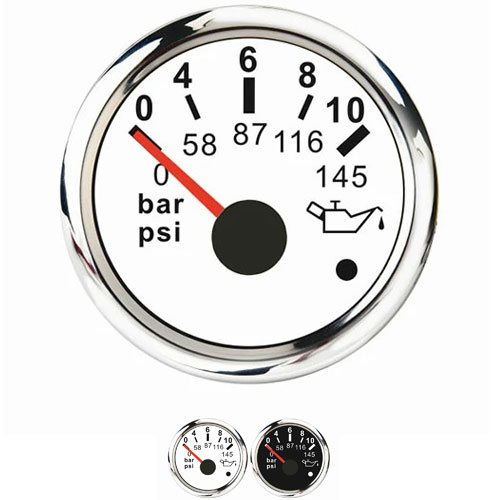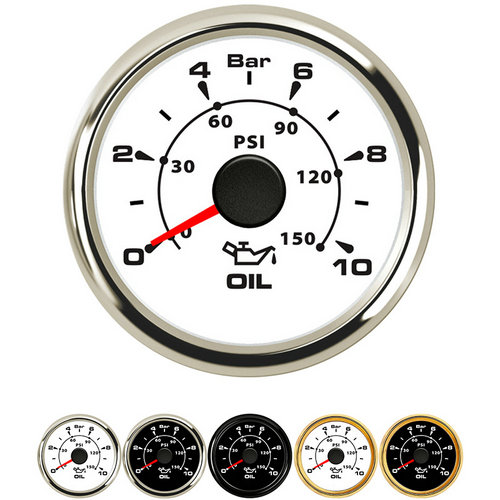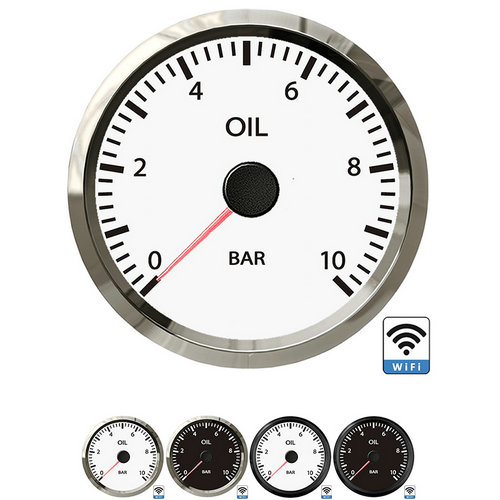vdo oil pressure gauge troubleshooting
Turn on the ignition switch, remove the lead wire at one end of the sensor of the oil pressure gauge, and then ground it. If the pointer of the oil pressure gauge moves from "0" to "5" immediately, it means that the oil pressure gauge is good. If the wire at one end of the sensor is grounded for the test, the pointer of the oil pressure gauge still does not move. One end of the test light can be connected to the power terminal of the oil fi force meter, and the other end can be grounded for testing. If the test light is not on, it means that the power supply line is disconnected; if the test light is on, it means that the engine oil gauge itself or the circuit to the sensor is faulty.
Troubleshooting method:
1) Turn on the ignition switch, remove the wire at one end of the oil pressure sensor, and conduct an instant grounding test. If the pointer of the oil pressure gauge moves from 0 to 0.5MPa immediately, it means that the oil pressure gauge is good. At this time, the sensor can be removed and the removed wire can be replaced, and a non-pointed iron column can be inserted into the oil hole of the sensor to press the diaphragm for test. If the pointer of the oil pressure gauge moves, the sensor is good and the engine lubrication system is faulty. On the contrary, it is a sensor failure.
2) If the wire at one end of the sensor is grounded for the test, the pointer of the oil pressure gauge still does not move. One end of the test light can be connected to the power terminal of the oil pressure gauge, and the other end can be grounded for testing. If the test light is off, the power supply line is open, indicating that the oil pressure gauge itself or the line to the sensor is faulty. At this time, you can ground the iron test at one end of the lead-out terminal of the lubricating pressure gauge. If the hands of the meter move normally, it means that the wire from the meter to the sensor is broken, otherwise, the meter itself is damaged.
 English
English 






Get a Quote / Info